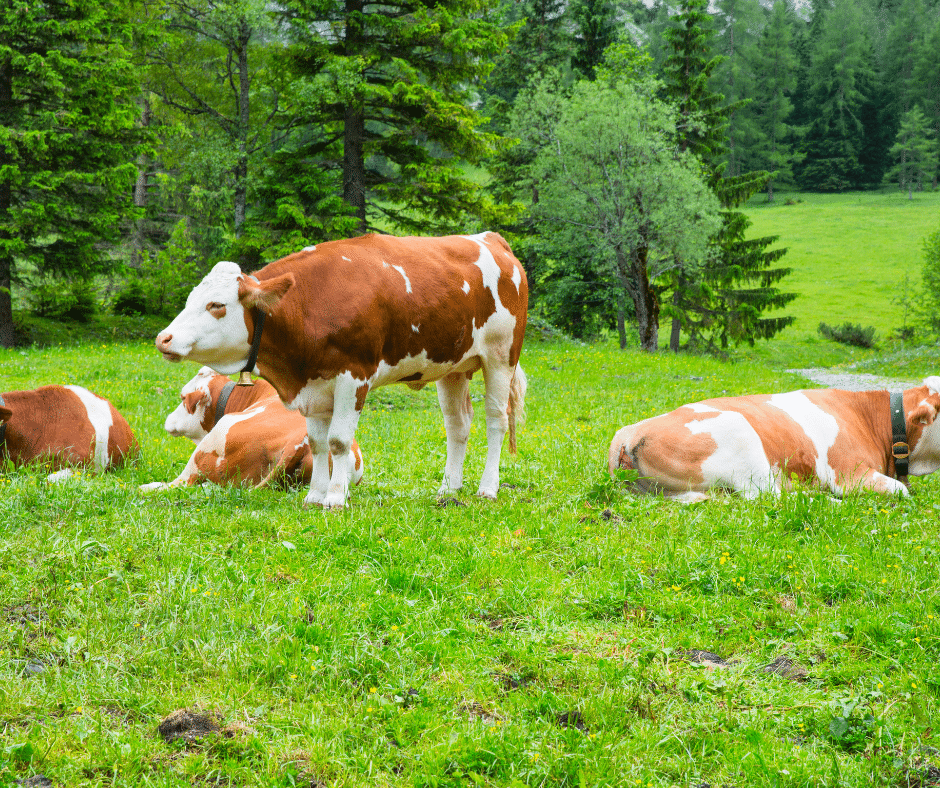It’s no secret that humans have had a negative impact on the planet. But what about the animals we share it with? Some of them may be more harmful to the environment than we realized.
In this blog post, we will discuss which animals are bad for the planet and why. We’ll also provide some tips for how you can help make a difference!

Are all animals bad for the environment?
The answer is no, but some animals can have a negative impact on the environment if they are not managed properly. For example, cows are often blamed for contributing to greenhouse gas emissions and deforestation.
However, this only occurs when they are not managed properly. If cows are allowed to roam freely and overgraze on grasslands, they can damage the ecosystem.
But, if cows are managed in a sustainable way – for example, by rotating them between different pastures – they can actually help to improve the environment.
So, which animals are bad for the planet?
Here is a list of some of the most harmful animals:
Cows
Cows produce large amounts of methane gas, which is a major contributor to climate change. In fact, the livestock industry is responsible for more greenhouse gas emissions than the entire transportation sector.
Pigs & Chickens
Pigs and chickens are both intensively farmed, and as a result, they produce large amounts of manure. This manure can often leak into waterways, causing widespread pollution.

Deer
Deer can have a devastating impact on plant life. They often eat the buds and leaves of young trees, which can stunt their growth or even kill them.
Cats
Cats are responsible for the deaths of millions of birds and other small animals each year. They also eat a lot of grass, which can lead to erosion.
Deforestation
The livestock industry is also responsible for a large amount of deforestation. For example, cows need to graze on grasslands in order to survive. When these grasslands are converted into farmland to raise animals, it can have a devastating impact on the environment.

How you can help
There are many things you can do to help reduce the impact of animals on the environment.
Here are a few tips:
- Reduce your consumption of meat and dairy products.
- Choose sustainably-raised meat and eggs.
- Buy local produce whenever possible.
- Avoid foods that have been packaged in plastic.
- Recycle and compost as much as you can.
In conclusion, some animals can have a negative impact on the environment if they are not managed properly. However, there are many things you can do to help reduce the impact of animals on the environment.
